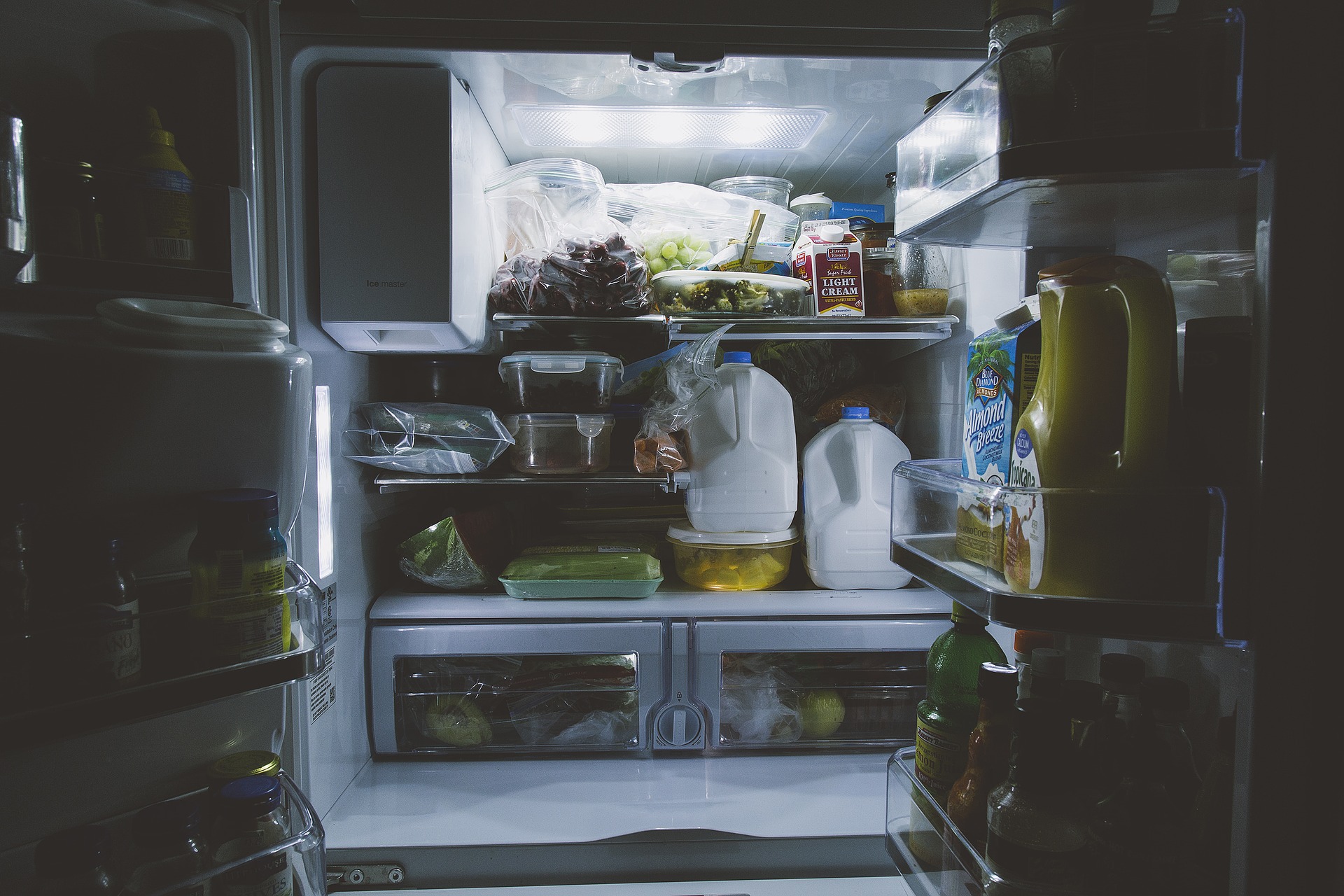Refrigeration systems have come a long way from their first iterations in the 18th century. In modern times, refrigeration technology has made the preservation of food possible in both ordinary homes and large commercial kitchens, all while spurring the growth of many global businesses that trade in fresh and perishable food products.
We all know that refrigeration prevents the decay in food products that is caused by chemical reactions, the activities of microorganisms, and loss of water content. Putting your food in the fridge or freezer slows down these metabolic processes, therefore increasing its shelf life. All of us depend on refrigeration, from the food processing stage to just before we consume it in our own homes.
But what other things are worth learning about refrigeration, a key driver in modern food technology as we know it? Here’s an appetizing read on the history of refrigeration systems, the refrigeration cycle, and how refrigeration has evolved further to serve the discipline of food technology and the food supply chain.
A “Cool” History of Refrigeration Systems and Food Technology
Interestingly enough, the principle of chilling and freezing food products to cease deterioration has been around for quite some time. Before refrigerators existed, up until the 1700s, people used icehouses for cool storage of their food, taking advantage of melted snow or ice from freshwater lakes or mountainside runoffs to preserve food items that would otherwise go bad within a short span of time. In 1834, everything changed when American engineer and physicist Jacob Perkins built the first working closed-cycle vapor compression refrigeration system in Great Britain. Today, this very same vapor-compression principle is the same one followed by most refrigeration and air-conditioning systems in the world.
Modern mechanical refrigerators comprise four parts: an evaporator, a compressor, a condenser, and an expansion valve, or a means of controlling refrigerant flow control. The refrigeration cycle occurs when a liquid refrigerant evaporates into gas; is sucked into the compressor and exhausted at high pressure to the condenser; and passes through an expansion valve into a region of lower pressure. In high-performance settings, the food industry dispatches technologies such as miniature motors in electric refrigeration valves to ensure precision flow of the refrigerants within the system.
Currently, the food industry’s standard is to cool food products from their ambient temperature to temperatures above 0 °C (chilling) and between −18 °C and −35 °C (freezing). At −18 °C, the process of decay is suspended, and contamination from bacterial activity is made impossible. That means that frozen foods can retain their original taste and nutrient content from when they were placed in the freezer.
Top (Food-) Grade Innovations
Long story short, refrigeration is how your favorite brand of ice cream came to be. It’s the reason why modern food technology has come this far, letting you enjoy fresh fruits and vegetables even out of their natural season. It makes it perfectly possible for you to safely eat high-prep foods from around the world, like sushi, at the peak of their freshness.
Chillers, refrigerators, and freezers has brought a much wider range of produce and packaged meals to our tables. Industrial-level refrigeration systems, like those in pro kitchens and restaurants, carry a wide variety of food types, none of which break down at the same rate. Thus, they are built to keep up with the optimum storage temperatures of all the different foods products that these establishments have to preserve.
Food scientists all note that even more developments will be made in the future. A large number of professionals in the food industry now advocate for greener, more sustainable, and more eco-friendly refrigeration technologies. To this end, a lot of the research and development in food technology is currently geared toward reducing direct and indirect greenhouse gas emissions from mechanical refrigeration—all while improving conventional refrigeration systems to be safer, more cost-effective, and more space-efficient for consumers.
And so we say—never take your food for granted! Ice cream, BLT sandwiches, and everything in between are the product of a long story in innovation. Here’s to the “cool” technologies that have changed the way we see, use, and heartily partake of our food!










